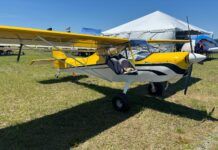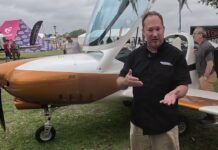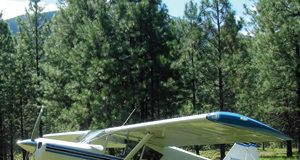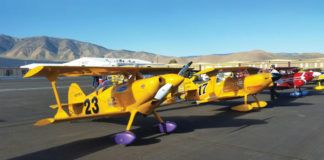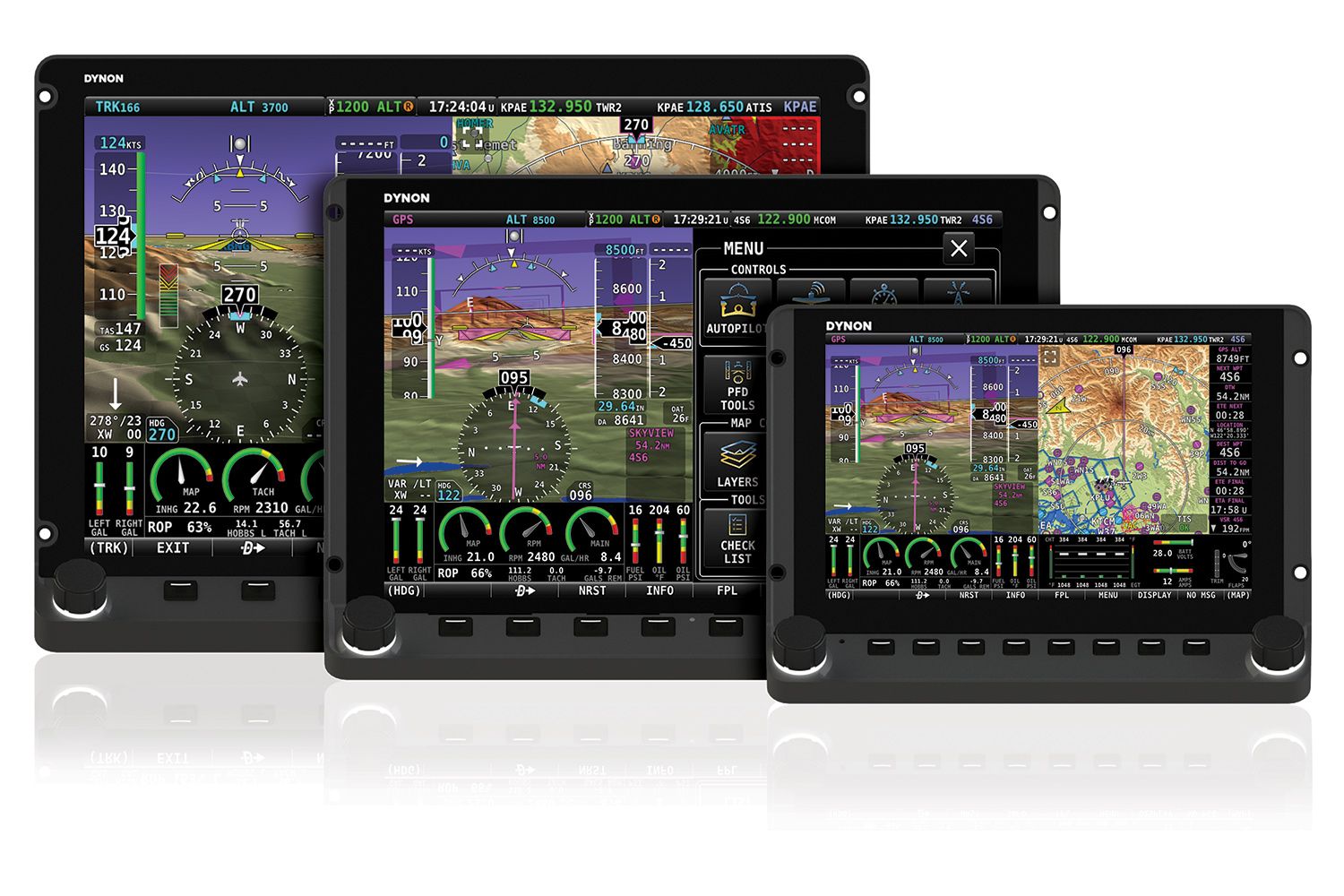 At Sun ‘n Fun 2024, Dynon Avionics pulled the wraps off its biggest big screen EFIS yet. The new SV-HDX1200 expands the HDX line to three screens, taking the original format up to a full 12 inches diagonally. Both original screen sizes—the 10-inch HDX1100 and the 7-inch HDX800—remain in the lineup. Perhaps even better, the new 1200 carries over the HDX system architecture and is compatible with all previous HDX modules. All you need is a bit more panel room.
At Sun ‘n Fun 2024, Dynon Avionics pulled the wraps off its biggest big screen EFIS yet. The new SV-HDX1200 expands the HDX line to three screens, taking the original format up to a full 12 inches diagonally. Both original screen sizes—the 10-inch HDX1100 and the 7-inch HDX800—remain in the lineup. Perhaps even better, the new 1200 carries over the HDX system architecture and is compatible with all previous HDX modules. All you need is a bit more panel room. 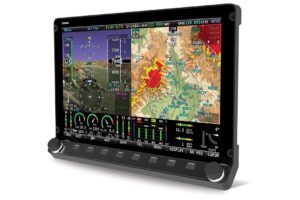
“Pilot feedback is at the core of everything we do at Dynon,” says Michael Schofield, Director of Marketing for Dynon, “and a common request is for a larger display option. The SV-HDX1200 is a solution for all of us who are experiencing the effects of additional years on our eyes.”
As is obvious from the photos, the HDX1200 carries forward Dynon’s innovative dual-knob arrangement perched on an angled shelf that also houses eight contextual pushbuttons. The rotary knobs are also multifunction with a contextual menu just above them. As is expected, the HDX1200 is also fully touch screen, allowing access to key functions either through the pushbutton/knob strategy or by touching the items on the screen.
Compared to the HDX1100, the new 1200’s bezel is larger—wider by 1.4 inches and taller by 1.3 inches. But what’s interesting is that the panel cutout for the “guts” is exactly the same as for the 10-inch screen. In theory, you could upgrade to the 12-inch screen by moving the four mounting points outward from the center. Assuming you have enough real estate around the edges. Another thing to note is that bezel is tinner, relatively speaking; proportionally there’s more screen than bezel in the new unit than in the HDX1100 or 800.
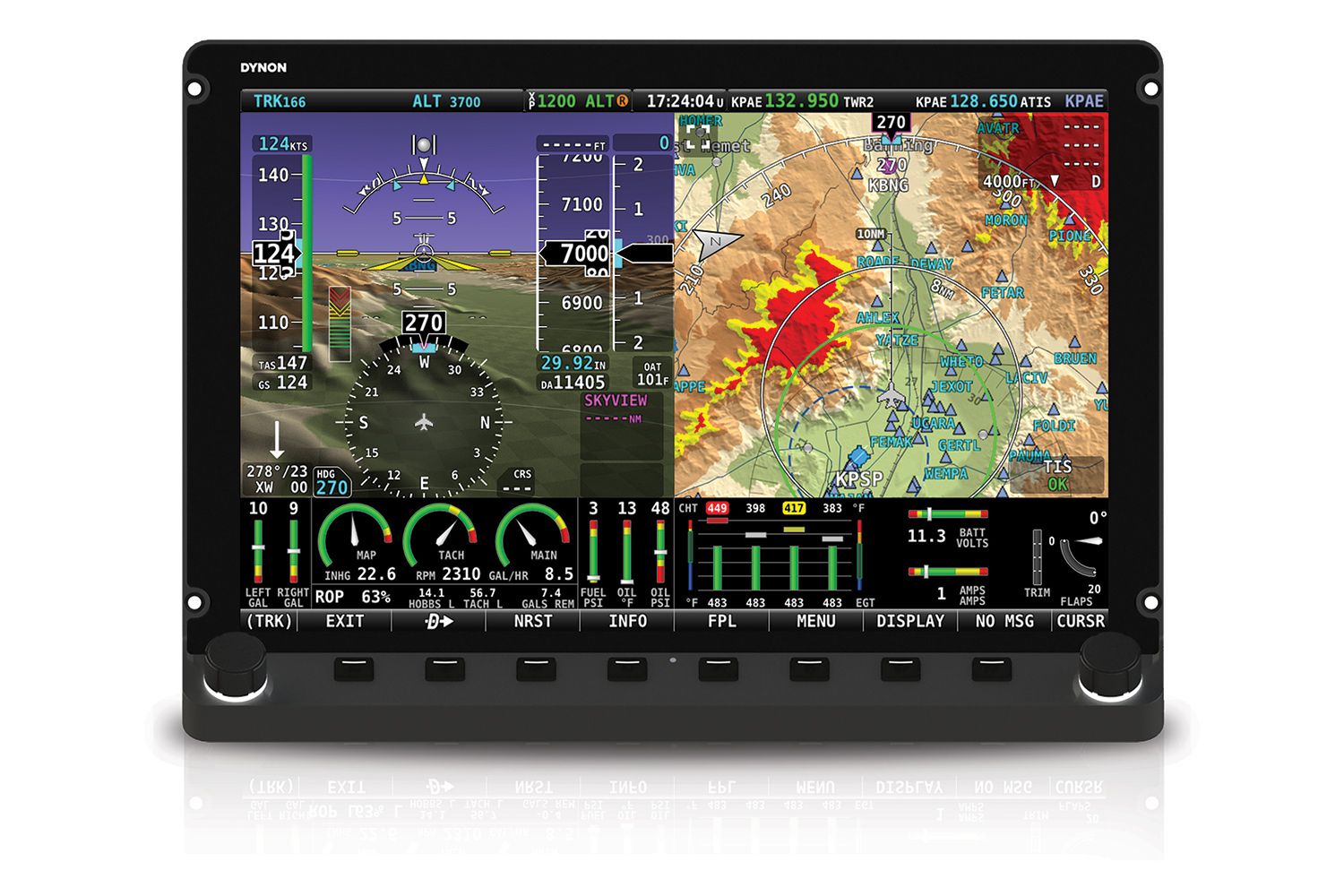 The larger display will be available in May for $5490. The 10-inch HDX1100 currently sells for $4759 and the 7-inch HDX800 costs $3420. The HDX system can be built out with various expansion modules, including single or dual ADAHRS units (at least one is required), various autopilot options (in one, two or three axis systems), remote-mount com and transponder, ADS-B In modules, a dedicated high-resolution GPS engine and an ARINC 429 adapter.
The larger display will be available in May for $5490. The 10-inch HDX1100 currently sells for $4759 and the 7-inch HDX800 costs $3420. The HDX system can be built out with various expansion modules, including single or dual ADAHRS units (at least one is required), various autopilot options (in one, two or three axis systems), remote-mount com and transponder, ADS-B In modules, a dedicated high-resolution GPS engine and an ARINC 429 adapter.





